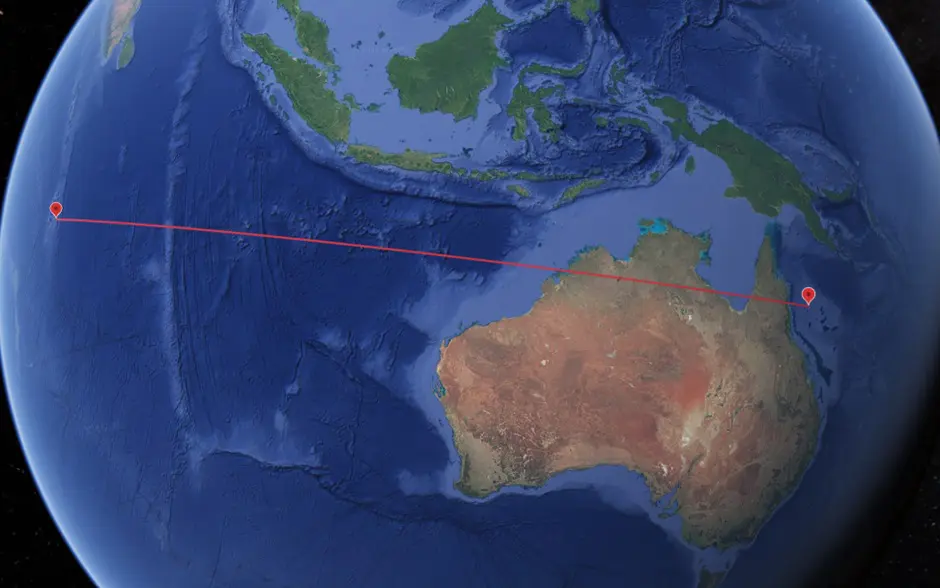Daily Report Archives
Established in December 1993, the Nautilus Institute’s *N*ortheast *A*sia *P*eace and *S*ecurity *N*etwork (NAPSNet) Daily Report served thousands of readers in more than forty countries, including policy makers, diplomats, aid organizations, scholars, donors, activists, students, and journalists.
The NAPSNet Daily Report aimed to serve a community of practitioners engaged in solving the complex security and sustainability issues in the region, especially those posed by the DPRK’s nuclear weapons program and the threat of nuclear war in the region. It was distributed by email rom 1993-1997, and went on-line in December 1997, which is when the archive on this site begins. The format at that time can be seen here.
However, for multiple reasons—the rise of instantaneous news services, the evolution of the North Korea and nuclear issues, the increasing demand for specialized and synthetic analysis of these and related issues, and the decline in donor support for NAPSNet—the Institute stopped producing the Daily Report news summary service as of December 17, 2010.

VINCE SCAPPATURA AND RICHARD TANTER AUGUST 4, 2025 I. INTRODUCTION Vince Scappatura and Richard Tanter use previously unreported declassified CINCPAC Command Histories and Australian cabinet papers to examine the decisions by the Australian government under Prime Minister Malcolm Fraser in the early 1980s to allow the deployment of USAF B-52 Stratofortress bombers. The authors situate both Australian […]
Go to the article

WILLIAM BOOTHBY AND WOLFF HEINTSCHEL VON HEINEGG MAY 26 2025 I. INTRODUCTION In this essay, William Boothby and Wolff Heintschel von Heinegg explain that The Law on Nuclear Weapons: An International Commentary (Elgar, 2025) aims “to ensure that all those involved in nuclear weapon operations understand what their responsibilities are under international law. By this […]
Go to the article

PETER HAYES AND LEON SIGAL JANUARY 18 2025 I. INTRODUCTION In this essay, Peter Hayes and Leon Sigal argue that historical insight is essential to understanding the current political turmoil in the ROK and its implications for the incoming Trump Administration’s policies towards the DPRK. It also marks the posting of the latest searchable DPRK […]
Go to the article

NOVEMBER 10 2024 VINCE SCAPPATURA I. INTRODUCTION Vince Scappatura documents the novel use of Australian territory in supporting US B-2 bombers en route and in return from strikes against Houthi targets in Yemen on October 17, and highlights the profound strategic significance of this event for the future role Australia may play in US strategic […]
Go to the article

VINCE SCAPPATURA AND RICHARD TANTER AUGUST 26 2024 I. INTRODUCTION Vince Scappatura and Richard Tanter use open-source information to identify US B-52 bombers that are nuclear weapons capable and may visit or be stationed at foreign airfields versus B-52s that are solely able to be armed with conventional, non-nuclear weapons. Where governments, as in […]
Go to the article

JOHN DELURY, MORTON HALPERIN, PETER HAYES, CHUNG-IN MOON, LEON SIGAL, TOM PICKERING APRIL 19 2024 I. INTRODUCTION In this essay, the authors revisit the concept of comprehensive security in Northeast Asia as the guiding principle that should be used to reduce tension, avoid war, and re-engage on a constructive peace-making cooperative security agenda in Northeast […]
Go to the article

BEHAVIORAL ARMS CONTROL AND EAST ASIA ULRICH KÜHN AND HEATHER WILLIAMS APRIL 16 2024 I. INTRODUCTION In this essay, Ulrich Kuhn and Heather Williams suggest that a “Behavioral Arms Control” framework between China and the United States be used to reduce the risk of war by building confidence and developing bilateral arms control initiatives. Ulrich […]
Go to the article

VAN JACKSON MARCH 29 2024 I. INTRODUCTION This report by Van Jackson argues that Northeast Asia is the epi-center of global nuclear tension with high “nuclear precarity” due to nuclear arms racing, reliance on nuclear signally, and evolving nuclear postures. The report offers practical policy recommendations for avoiding nuclear war aimed at the governments of Japan, […]
Go to the article

ANASTASIA BARANNIKOVA MARCH 15 2024 I. INTRODUCTION In this essay, Anastasia Barannikova analyses the DPRK’s hybrid nuclear weapons strategy and argues that its impressive progress was the result of clear strategic planning and a vision of the role of nuclear weapons in the DPRK’s defense strategy. Anastasia Barannikova is a Research Fellow at Laboratory for […]
Go to the article

ANNA HOOD AND MONIQUE CORMIER MARCH 8 2024 I. INTRODUCTION Anna Hood and Monique Cormier analyse the legality of certain threats under the jus ad bellum regime of international law that regulates recourse to war between states, before turning to consider specific threat examples in the context of the jus in bello regime, which applies […]
Go to the article











